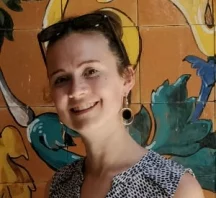The staffing problem with internalisation



How to hire and retain staff is the big question for superannuation funds to solve when it comes to internalisation of investment management, according to a panel.
Speaking at the Australian Superannuation Investment conference, held by the Australian Institute of Superannuation Trustees (AIST) in the Gold Coast, a panel discussed the struggles when hiring investment employees.
There had been a trend in the space recently for super funds to bring their investment in-house as a way to cut down costs compared to external management.
Ken Marshman, chairman of Rest, said: “Retaining staff is the big question of internalisation because funds can get the OK to pay $1 million for an external manager but can you pay that when you bring it in-house or what does that say about the culture of the organisation? This is a major sleeping issue and we have to be careful if we are heading in that direction. This is a big issue”.
However, Philip Moffitt, board director at Aware Super, disputed this and said the idea that there was a supply shortage for talented staff was a myth. The solution, he said, was to provide a value proposition which would attract staff beyond just the salary.
“Everyone wants to think there is a shortage but that’s not the case. Aware has been hiring a lot of people and it hasn’t been as difficult as we thought.
“Your value proposition has to be very clear, highlight that they can work across asset classes, unlike at a fund manager, and that they can work with the best global managers.”
Recommended for you
Australia’s largest super fund, AustralianSuper, has announced multiple additions to its executive leadership team to focus on global growth and innovation.
Super Review rounds up last month’s biggest people moves in the superannuation industry, including a new fund chair and a private markets head.
Investment returns for the Future Fund hit a milestone in September, adding $200 billion in value for the first time ever.
Australia’s largest super funds have deepened private markets exposure, scaled internal investment capability, and balanced liquidity as competition and consolidation intensify.










